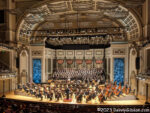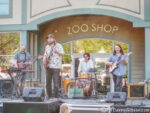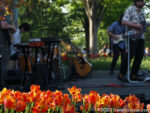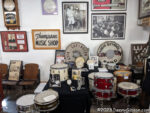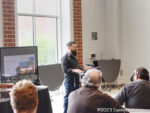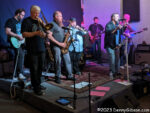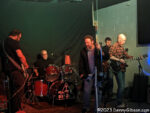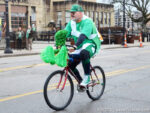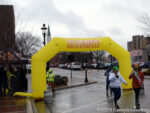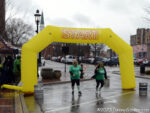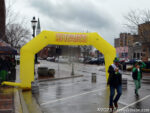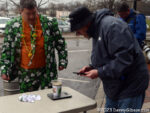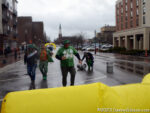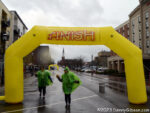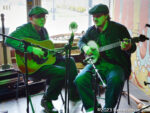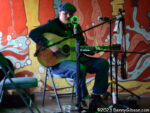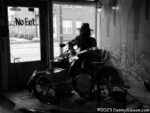 Until last Friday, I don’t believe I had attended a single football game played by my high school alma mater since I graduated. Furthermore, it seems quite likely that I had not attended a game as a spectator ever. I had attended every game in the four years prior to graduation but it was always as a member of the marching band. Friday night was a new experience for me in several ways not the least of which was the favorable final score.
Until last Friday, I don’t believe I had attended a single football game played by my high school alma mater since I graduated. Furthermore, it seems quite likely that I had not attended a game as a spectator ever. I had attended every game in the four years prior to graduation but it was always as a member of the marching band. Friday night was a new experience for me in several ways not the least of which was the favorable final score.
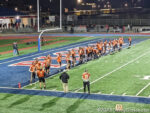 Of course, I’d thought about attending a game on several occasions but never followed through. I probably would not have made it to Friday’s game if my friend Terry had not been paying more attention to things than I was. Although our friendship goes back even further than high school, we did not attend the same school. Terry’s son did attend Ansonia High School and played on successful teams there in the 1980s.
Of course, I’d thought about attending a game on several occasions but never followed through. I probably would not have made it to Friday’s game if my friend Terry had not been paying more attention to things than I was. Although our friendship goes back even further than high school, we did not attend the same school. Terry’s son did attend Ansonia High School and played on successful teams there in the 1980s.
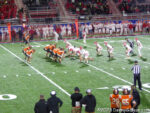 As the regular season ended, it was Terry who made me aware of Ansonia’s 10-0 record and their entry into the 2023 playoffs. As the #2 seed for Division VII, their first two playoff games were on their home field but I was, unfortunately, out of town for both. Fortunately, they won them both (52-7, 34-8) to set up Friday’s match with St Henry at a neutral site. Also on the fortunate side of things, I was home for this one.
As the regular season ended, it was Terry who made me aware of Ansonia’s 10-0 record and their entry into the 2023 playoffs. As the #2 seed for Division VII, their first two playoff games were on their home field but I was, unfortunately, out of town for both. Fortunately, they won them both (52-7, 34-8) to set up Friday’s match with St Henry at a neutral site. Also on the fortunate side of things, I was home for this one.
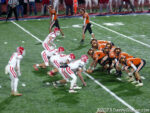
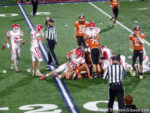
 The game was a good one. Ansonia never trailed but our victory was not assured until the closing moments. With no kicking and little passing, the Tigers repeatedly moved the chains on third and fourth down with what often seemed like just inches to spare. The officials thought only one of their two-point conversion attempts was successful although there was serious disagreement from AHS fans on one of the others. Ansonia will play #1 seed Marion Local next Friday but where has not been determined. Whether or not Terry and I are there will depend a lot on the location.
The game was a good one. Ansonia never trailed but our victory was not assured until the closing moments. With no kicking and little passing, the Tigers repeatedly moved the chains on third and fourth down with what often seemed like just inches to spare. The officials thought only one of their two-point conversion attempts was successful although there was serious disagreement from AHS fans on one of the others. Ansonia will play #1 seed Marion Local next Friday but where has not been determined. Whether or not Terry and I are there will depend a lot on the location.
ADDENDUM 19-Nov-2023: The Marion Local game was also at the Piqua stadium, and we did attend. Read about it here.
![]() As implied by this headline from my days as a student, rooting for a winning team was once an impossible dream. The thirty-eight-game streak it refers to came to an end just a little over sixty years ago on September 13, 1963.
As implied by this headline from my days as a student, rooting for a winning team was once an impossible dream. The thirty-eight-game streak it refers to came to an end just a little over sixty years ago on September 13, 1963.
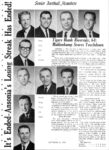
 Both of these images are from the 1964 Ansonia High School yearbook. The first contains photos of the seniors on the team that ended the streak along with a local newspaper report of the event which attracted some national attention as well. The second image shows the entire team. In those days, yearbooks, at least those for small Ohio schools, were entirely black and white with the exception of the endpapers. There could be no better use of the book’s only splash of color than recognizing the group that ended what I believe was the longest losing streak in the nation at the time.
Both of these images are from the 1964 Ansonia High School yearbook. The first contains photos of the seniors on the team that ended the streak along with a local newspaper report of the event which attracted some national attention as well. The second image shows the entire team. In those days, yearbooks, at least those for small Ohio schools, were entirely black and white with the exception of the endpapers. There could be no better use of the book’s only splash of color than recognizing the group that ended what I believe was the longest losing streak in the nation at the time.
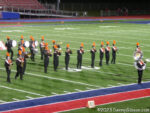 I mentioned that my previous AHS football game attendance involved the school band. The band’s fortunes over the last six decades do not appear to match those of the team. The picture at right shows the band during halftime of Friday’s game. I counted about twenty members, and Terry said that was noticeably more than what he remembered from the last game he attended.
I mentioned that my previous AHS football game attendance involved the school band. The band’s fortunes over the last six decades do not appear to match those of the team. The picture at right shows the band during halftime of Friday’s game. I counted about twenty members, and Terry said that was noticeably more than what he remembered from the last game he attended.
![]() There were 54 in the band that would have marched at that big 1963 win.
There were 54 in the band that would have marched at that big 1963 win.

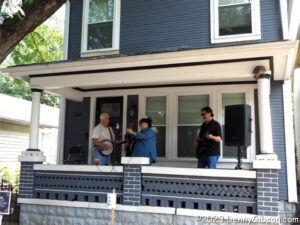
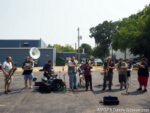
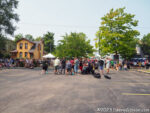
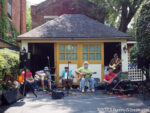
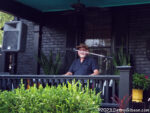
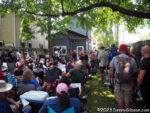




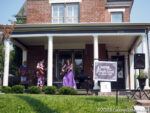

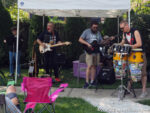
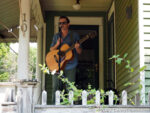
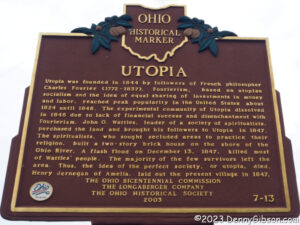


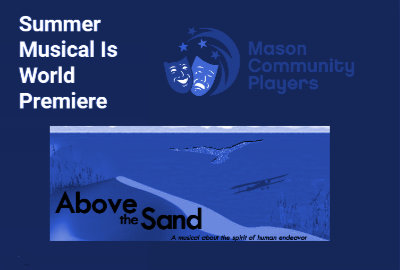 When I wrote about
When I wrote about 
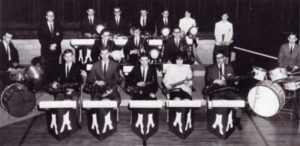

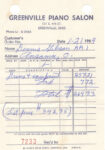
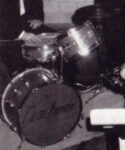
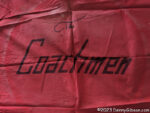





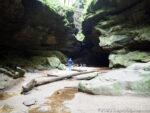





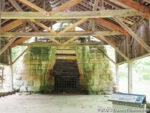
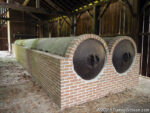

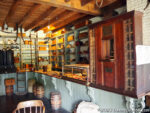



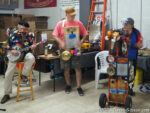
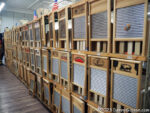
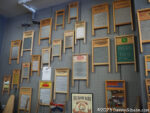





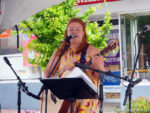
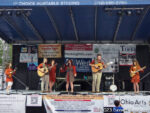
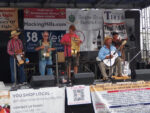
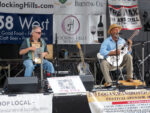
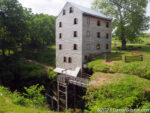

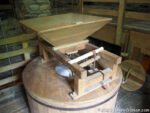

 I did better this year than last, and last year I did better than in any of the preceding 148. As explained in a blog post (
I did better this year than last, and last year I did better than in any of the preceding 148. As explained in a blog post (

